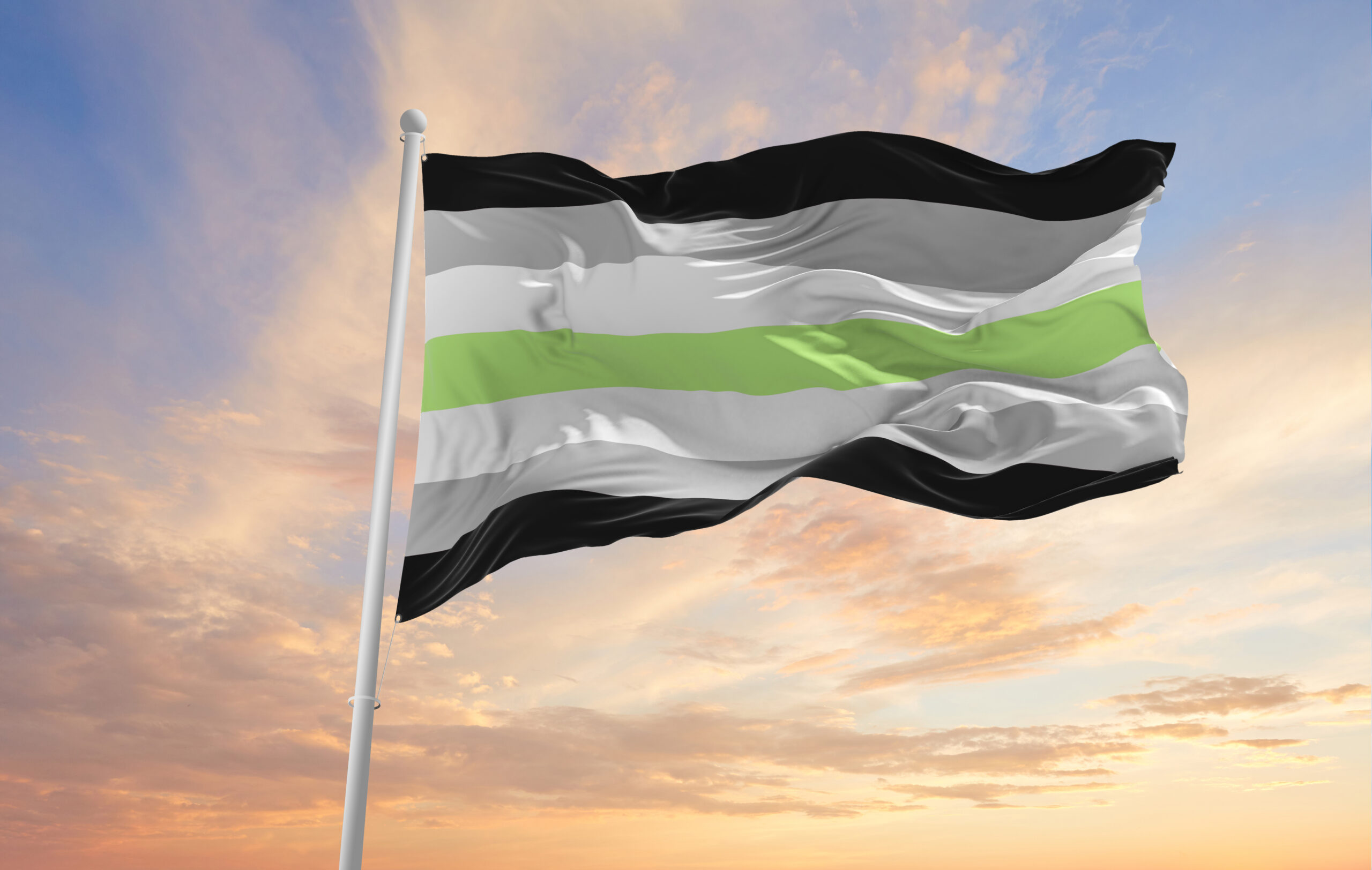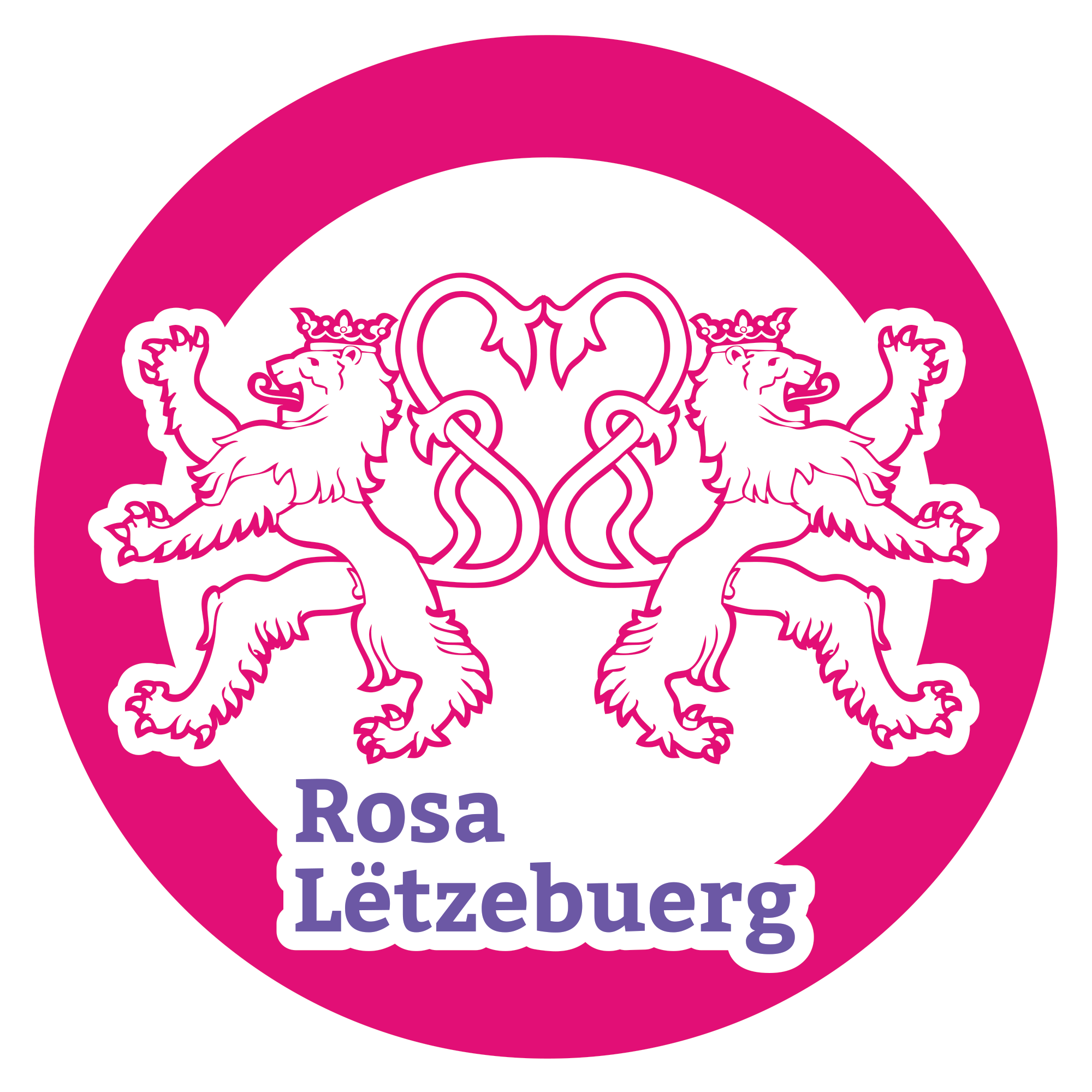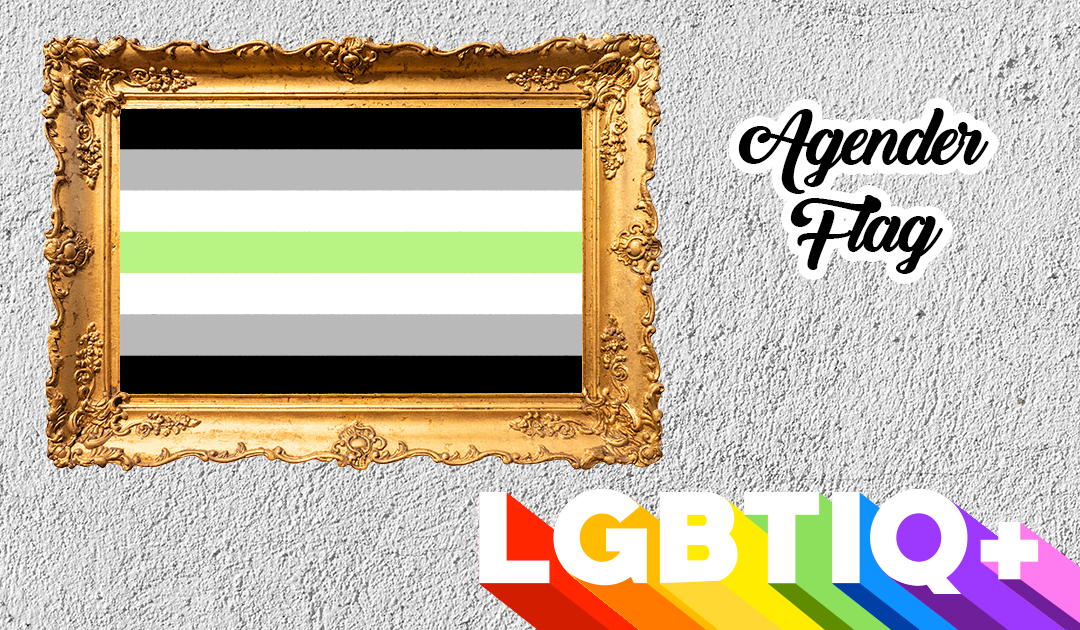- Genderless or genderless.
- Gender-neutral. This can mean being neither male nor female, but still having a gender.
- Neutrois or gender neutral.
- Libragender who feels predominantly agender but has a partial connection to another gender.
- Having an unknown or undefinable gender; not assigning oneself to a binary or non-binary gender.
- Have no other words that fit their gender identity.
- Not knowing or caring about gender as an internal identity and/or as an external designation.
- They choose not to designate their gender.
- They identify more as a person than as a gender.
Many Agender people also identify as genderqueer, non-binary and/or transgender. However, some Agender people prefer to avoid these terms, especially the term transgender, as they feel that this means they identify with a gender other than their assigned gender, when in fact they identify with no gender at all. In fact, the term agender is considered by many to be an oxymoron. Since it is a missing gender, some believe that it should not be referred to as a gender at all. Others see the term Agender as a declaration that they are whole without having a gender.
Agender persons may prefer any pronouns, although some prefer to avoid gendered expressions as much as possible. They can also present themselves in any way – male, female, both, or something completely different from the binary gender. Agender people can (but do not have to) suffer from gender dysphoria if they cannot express their identity in the way they are comfortable with.
Agender people can belong to any sexuality and should not be confused with asexual people.
The seven-striped Agender flag was designed in 2014 by Salem, also known as Tumblr user transrants. The meaning of the colours:
- Black and white represent the absence of gender.
- Grey stands for semi-genderless
- Green stands for non-binary gender (because it is the opposite of purple, a colour often associated with a mix of male and female gender)

Information:
You still want to dress up for this year’s Luxembourg Pride? Then check out our shop!





